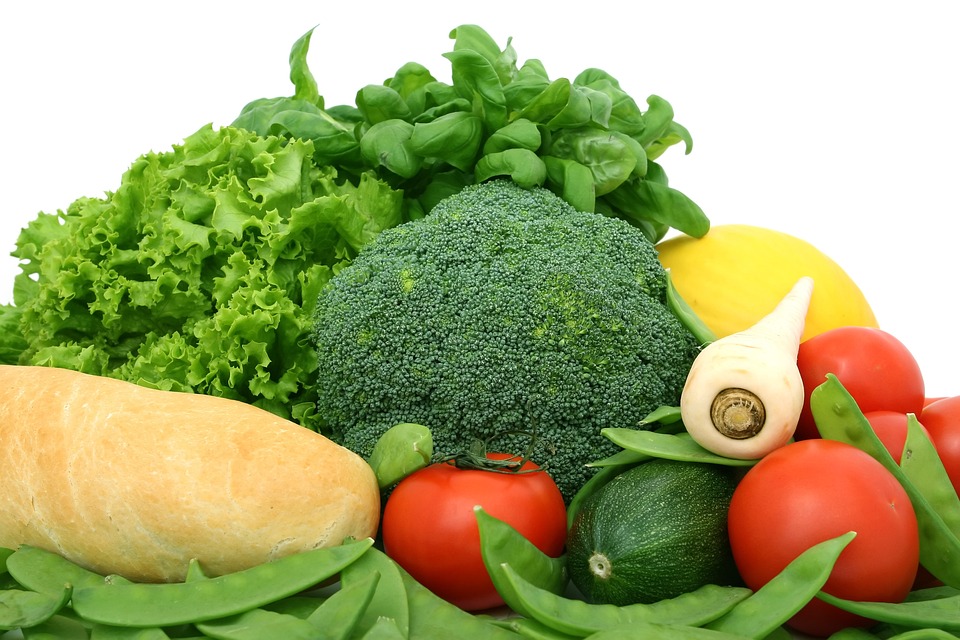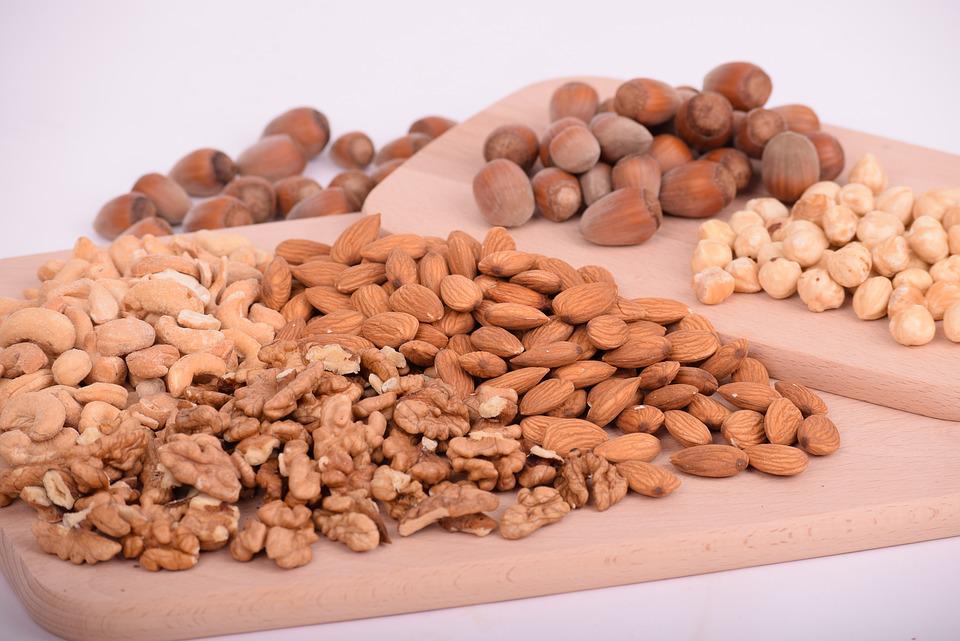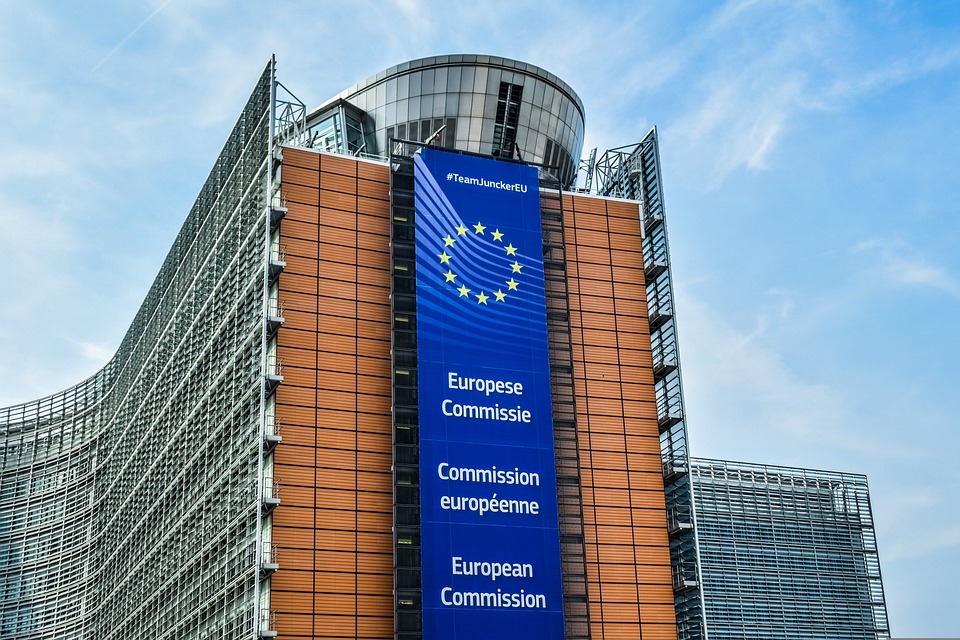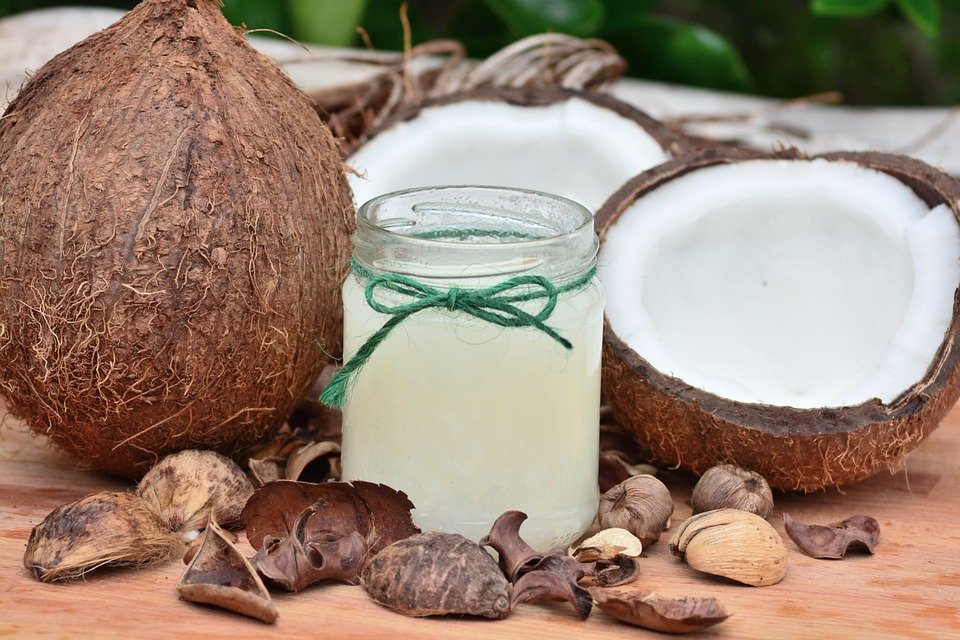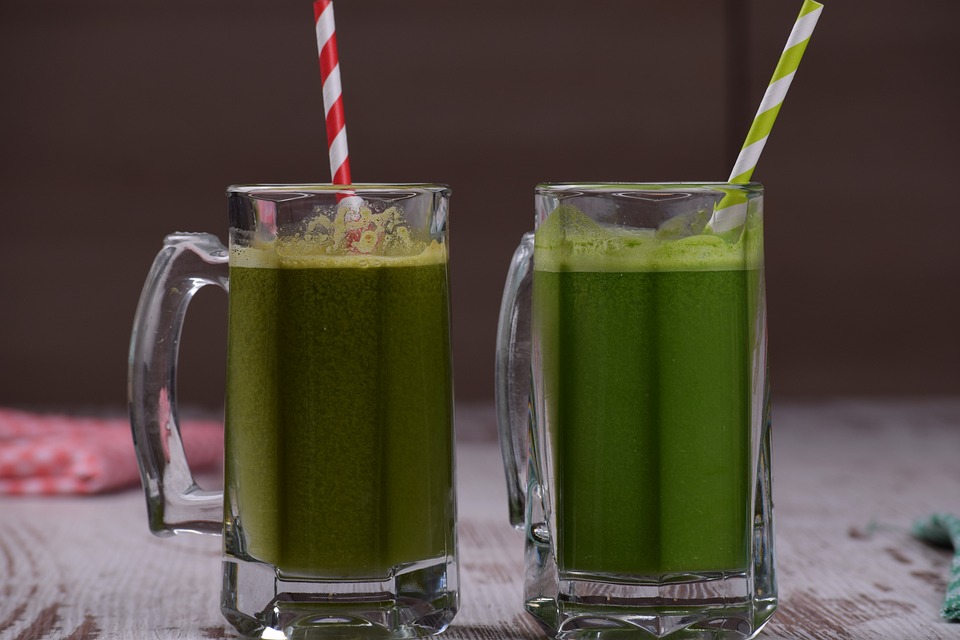
Phytoplankton supplements made from certain oceanic phytoplankton species are valuable food sources for humans and aquatic sea life.
The liquid is easy to absorb and assimilate and provides a quick influx of omega-3 fatty acids, vitamins, minerals, amino acids, superoxide dismutase, and many carotenoid antioxidants.
Some types of phytoplankton, especially those in the Nannochloropsis genus, were first discovered in the early 1980s. Since then, these types of phytoplankton have been researched a lot in Europe for their industrial purposes, which can be helpful for aquaculture, biofuel, cosmetics, and nutritional supplementation.
Phytoplankton’s ability to rapidly reproduce and accumulate high levels of PUFA’s and most all nutrients required for human health makes it a promising option for preventative medicine, according to many health experts.
Because commercial farming practices and soil degradation are making it difficult to get vital phytonutrients from food, it is important to take supplements that are rich in vitamins and minerals. Quality marine phytoplankton provides many essential nutrients in one serving. These nutrients include vitamins, minerals, phospholipids, and other cofactors.
This product not only provides a wide range of benefits for the brain and nervous system, but can also be used to treat conditions like insomnia, depression, and cognitive decline. Phytoplankton contains high amounts of the essential fatty acids EPA and DHA. Krill, cod, and other fish graze on phytoplankton to create DHA-rich oils. Microalgae consist of a variety of pigments such as astaxanthin, zeaxanthin, and canthaxanthin, which are all extremely beneficial antioxidants and excellent nutrients for healthy eyes.
It is especially useful for people with weak immune systems and can help rehabilitate people who are very sick. Phytoplankton in the ocean contains nutrients that give energy as well as nucleotides, such as ATP. These nucleotides play an important role in metabolism and improve the energy levels of cells.
Most plankton products are not collected from the ocean but are grown in bioreactor facilities. These facilities provide an efficient and controlled ocean-like environment that maximizes purity. The best kinds of strains are firstly taken from the ocean and then grown in a place that is as close to the natural oceanic environment as possible. This guarantees that the product is free of atmospheric pollutants or other contaminants.
At the moment, there are only a few corporations that make marine phytoplankton for people to eat. The majority of these corporations are in Europe. Element for Life was one of the first companies to offer products in the US in the mid-2000s As of 2015, most of the high-quality commercial marine phytoplankton available comes from a source called “Ocean’s Alive.” This product is produced in Spain and is then distributed by different brands under that name.
It was originally consumed by adding condensed liquid drops to water, but it is also offered as a freeze-dried bulk or an encapsulated powder. The plankton is suspended in a sea mineral solution and tastes like the ocean, shrimp, and kelp seaweed.
What is Phytoplankton?
Microscopic organisms or microalgae are found in almost all oceanic and freshwater bodies on the planet. One-fourth of plant life is made up of trees and they produce close to 90% of the earth’s oxygen. Many plants and algae that float near the surface of the ocean rely on sunlight for photosynthesis. Phytoplankton is tiny organisms that float in the water. The word “phytoplankton” is derived from the word “plant” and the words “to float or suspend.” Phytoplankton is tiny organisms that float in the water.
Phytoplankton is the foundation of the ocean food chain and has been around for about 3 billion years. The bacteria produce a byproduct that is identical to MSM. They play a significant role in the atmospheric “sulfur cycle.” This cycle continues to feed the soil and sustain all other plant life. Phytoplankton is not only the base of the aquatic food web but is also consumed by many different species of krill. These krill, in turn, feed many other fish populations in the water. Krill is one of the main food sources for the blue whale, which is one of the world’s longest-living mammals.
Phytoplankton that is safe for humans to eat is typically called “marine” phytoplankton. European scientists and microbiologists have, over the last several decades, narrowed down certain species of phytoplankton in the genus Nannochloropsis, and others in the class Eustigmatophyceae and Bacillariophyceae, that is most ideal for human dietary uptake.
The Nannochloropsis gaditana is the primary species of marine phytoplankton used to create both liquid and freeze-dried powder forms. This is due to its high nutritional content and ability to store nutrients, particularly omega fatty acids. The main type of algae used by Oceans Alive is Skeletonema, but other Supplementary types including Chaetoceros and Thalasslosira are also used.
How is Marine Phytoplankton Processed?
The phytoplankton used in supplements does not come from the ocean but is grown from cultures in a closed-system bioreactor facility. They are trying to create a green material that is very pure and free of pollutants that comes from the air.
A photobioreactor is a process that uses a light source to grow photosynthesizing microorganisms. In this case, the microorganisms are phytoplankton. The microalgae are grown under specific conditions that mimic the most ideal conditions for a “spring bloom.” The quality of light, seawater solution, and food source is optimized for optimum growth.
Many phytoplankton supplements are made in horizontal tubular glass bioreactors in solution with computerized controls, which are designed to produce efficient biomass concentrations. After it reaches maturity, it is placed in a centrifuge machine that removes the water and leaves a thick, concentrated paste behind. This paste is usually placed in an ionic trace mineral solution which preserves its nutritional value and life force.
Most bioreactors that cultivate marine algae are located in Europe, primarily in Germany and Spain.
Marine Phytoplankton Benefits
Antioxidant & Nutrient Rich
After testing marine phytoplankton, it was revealed that there are hundreds of nutritional chemicals present, including every known nutritional molecule and dozens more that have not been identified or studied until now.
The unique composition of MP molecules makes them able to penetrate and nourish cells in a unique way since they are five times smaller than a red blood cell.
The nutrients in this single-celled phytoplankton are very easily absorbed by the cells since they don’t need a digestive system or liver for processing.
The Superpower of SOD
Scientists have found a substance in living things that seems to be directly connected to how long a creature lives. Mice have very low levels of this compound, while Galapagos tortoises have some of the highest levels (and can routinely live over 150 years), suggesting that this compound may play an important role in lifespan.
This is an antioxidant enzyme called Superoxide Dismutase (SOD). Researchers believe that variations in levels of SOD may be part of why some people live longer than others. SOD is a substance that is produced by the body and is found in all humans.
SOD (superoxide dismutase) is important for protecting cells from damage and it helps control the cell’s ability to remove toxins. SOD is an enzyme that is correlated with longevity because it removes toxins and repairs cells.
It deactivates a free radical called superoxide with a process called dismutation, turning the free radical into hydrogen peroxide which breaks down into harmless oxygen and water. It breaks down a harmful free radical called superoxide into harmless oxygen and water with a process called dismutation.
SOD is said to be 3,500 times more potent than Vitamin C and is so important to health that production begins in the womb before a baby is born.
We have known for many years that free radicals can play a role in developing diseases and causing premature death. Slow down this process by using antioxidants like SOD.
Essential Minerals
Many people take supplements of trace minerals because it is estimated that 80+% of us are deficient in certain vital trace minerals.
Marine phytoplankton is an excellent source of all the trace minerals the body needs, in the most bioavailable form.
Liver Support
The liver is key to detoxification in the body and necessary for nutrient absorption. As we get older, or if we have health problems, the liver might not work as well. This can make it harder to absorb nutrients that are important for our bodies.
Phytoplankton can be absorbed at a cellular level, so the body doesn’t have to process it through the digestive system or liver. Not only does this help the body get the nutrients it needs when liver function is impaired, but it can help restore liver health without putting stress on the body’s detoxification process.
Zooplankton is a type of animal plankton. The consumption of high-quality phytoplankton leads to the production of healthy cells by the body.
Healthy Cell Membranes & Regeneration
Marine phytoplankton can help to strengthen cell membranes and encourage cell regeneration – two pretty important benefits! This is why doctors who have used MP with patients noted drastic improvements in patients with chronic diseases within days.
This may be due to phytoplankton’s ability to quickly multiply and encourage cell growth in the body.
The cell walls of many of us are weak for various reasons. I talked about this before in relation to the dangers of processed and rancid vegetable oils. If these are the only oils available to the body, it will have to use them to build new tissue and cell walls. The most immediate problem with plasticized fats is that they can cause cell mutation and other problems.
A healthy cell has a good number of extra electrons, which means the cells have a lot of oxygen available. The cells with more electrons and oxygen are healthier and have a higher ability to regenerate. If the cell walls are constructed out of artificial fats due to a lack of available healthy fats, the cell will be unable to properly retain electrons, and will therefore be unhealthy.
Marine Phytoplankton helps improve cellular health in two ways:
- By providing necessary electrons to the cells for increased oxygen and the ability to regenerate
- Providing essential amino acids and fatty acids that the body needs to build healthy cell walls that can regenerate correctly
Correct Methylation
The body is constantly methylating from the time of conception. Methylation is a metabolic process that happens frequently in the body.
Methylation is the transfer of a methyl group from one molecule to another. This process is essential for the absorption of various nutrients (like folate, B12, and others) in the body.
If methylation is impaired, it can have negative consequences for the body. Many people are impaired and don’t even know it. Methylation has a few practical benefits, like repairing DNA, getting rid of toxins, and reducing inflammation.
De-methylation is the process of removing methyl groups from DNA. This process is associated with cellular breakdown, cancer proliferation, and cell mutations.
Since marine phytoplankton contains all of the essential vitamins, minerals, and amino acids, it helps the body’s natural methylation process, which is necessary for cell division and growth. The reason MP may help with chronic disease and increase longevity is that it helps improve the function of mitochondria.
Immune and Energy Boosting
The study found that those who took marine phytoplankton regularly had higher measurements of CD3, which is an indicator of the immune cells responsible for fighting viruses and bacteria. The participants who took the phytoplankton supplement also did better on the mental health tests.
Types of Marine Phytoplankton
You should buy supplements that are either pure liquids or freeze-dried powders, without any added ingredients. They are green and when you add water, they turn a bright green color.
Some companies, like Unique Sea Farms, use different strains of marine phytoplankton that don’t contain chlorophyll. Ulmac told us that their nutrient extraction process produces a clear solution, rather than a green one. Ulmac is one of the very few brands that does not use a photo-bioreactor facility to process their algae products. They grow their species in outdoor tanks filled with fresh ocean water.
- Sunfood Superfoods Ocean Alive Propriety Blend – Includes the 2.0 version of Oceans Alive concentrates plus a propriety blend using a strain that contains greater amounts of SOD.
- Oceans Alive Marine Phytoplankton – The 2.0 version of the Oceans Alive microalgae in liquid form.
- Optimally Organic – A freeze-dried powder derived from the Nannochloropsis gaditana.
- Ulmac-Core – Offered as a liquid or encapsulated powder, not derived from Nannochloropsis gaditana but from 100-200 wild microalgae found growing in the pristine coastal waters off the West Coast of Canada.
- Longevity Herbs and Superfoods – This is a good quality freeze-dried powder; is a little less expensive than other brands.
- David Wolfe Foods – A very potent freeze-dried powder, one of the highest in quality as well as the price tag. Uses Nannochloropsis gaditana.
- Marine Phytoplankton 5000 – Created by the European company Fitoplancton Marino makes freeze-dried powder, sold in capsules or in bulk.
We recommend that you purchase algae products that have not been genetically modified. Some companies are currently genetically modifying oceanic phytoplankton to produce a higher yield and omega-3 ratio. The brands we are researching are non-GMO algae supplements.




